Home > Mental care principles
The Principles of Mental care
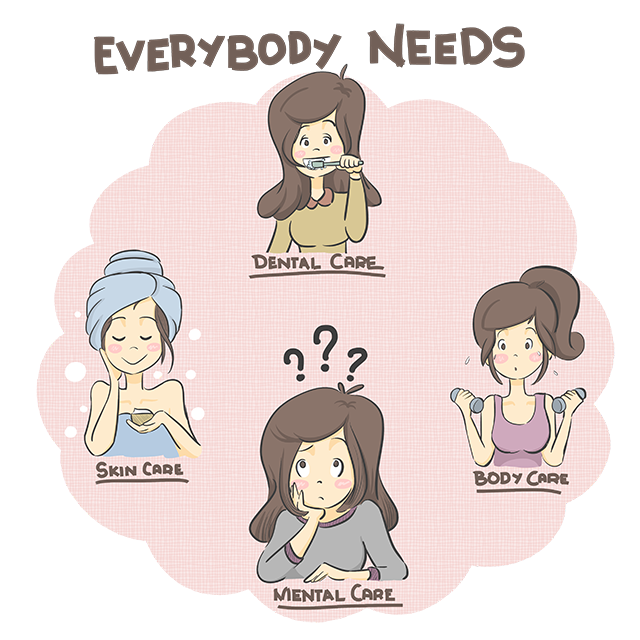
Introduction
It all begins with you. Skin care, body care, dental care—they all work because of your awareness and preventive action. Mental care is the same. A simple routine can help prevent stressful events and situations from causing undesirable thoughts and behaviors. But everyone is different. Each of us faces different challenges in life, and we all react differently to them. As a result, there is no universal preventive measure that works for everyone.
Instead of promoting a particular preventive method, we need a general framework based on common human values and scientific principles that can help people find their effective preventive routines that work for them. We call this framework principled mental care (PMC).
Mental care is a process
A process is a series of actions taken to achieve a goal. Good mental care is a process that improves over time. However, your mental wellness will not improve if you keep doing the same routine without checking its effectiveness, or without making any adjustment for improvement.
A good mental care process needs a system to check and adjust the actions iteratively. Iteration means the repetition of a process. At each iteration, you take your preventive action, check its effectiveness, make an adjustment if necessary, and repeat the cycle. This iteration is important for mental care.
PMC is a general framework of the iterative mental care process. The three flowcharts below illustrate the process principles.
Process principles
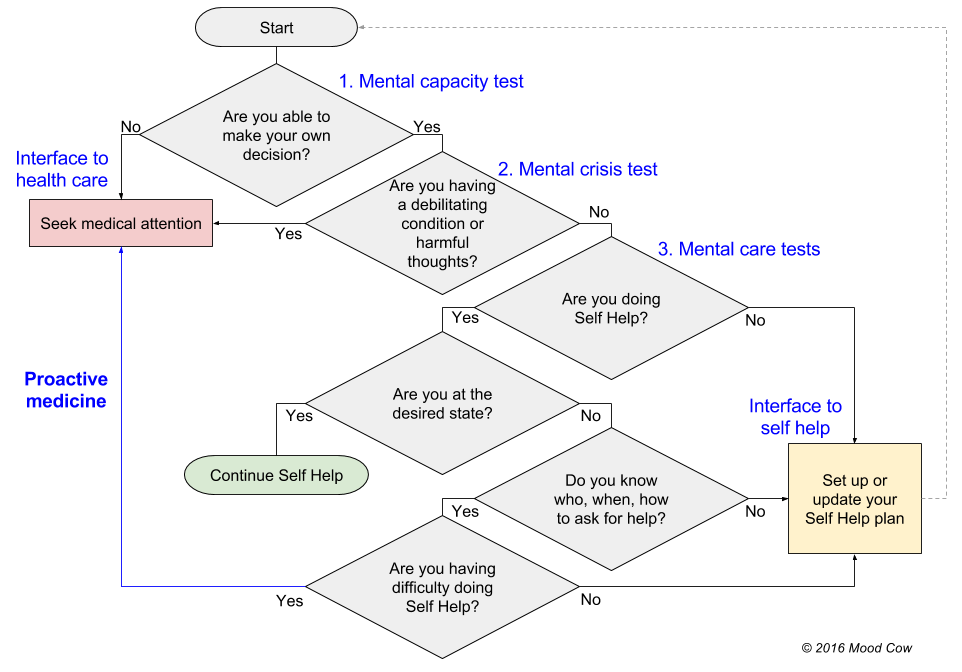
Figure 1. PMC flowchart #1: Mental capacity/crisis/care tests
The first flowchart offers three tests to clarify your responsibility and health care providers' roles.
- Mental capacity test
- If you are unable to make your own decisions, you need medical attention.
- If you are able to make your own decisions, you are capable of self-help.
- Mental crisis test
- If you are experiencing a debilitating condition or having harmful thoughts, you need medical attention.
- If not, you are capable of self-help.
- Mental care test
- Self-help is a goal-oriented, iterative process to reach and remain at a desired state. Self-help does not mean that you have to do everything by yourself; instead, you recognize your responsibility to create positive, routine actions for yourself. If you are not taking action, you need to set up a plan of self-help.
- A desired state is where you are taking positive, routine actions, continuing the iterative process on your own, AND you know when, how, and who to ask for help when necessary.
- If you cannot do the self-help process for any reason, you need to get help.
The second flowchart defines the goal-oriented iterative self help process.
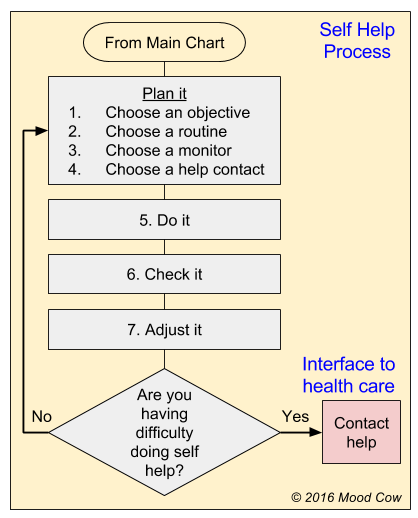
Figure 2. PMC flowchart #2: Goal-oriented iterative self-help process
Self-help is not about doing everything by yourself. It's about planning, doing, checking, and adjusting your routines and repeating the process by using the resources around you. Your friends and family members are a great support network, but your healthcare providers have the most resources to assist you best.
The third flowchart defines the internal process of how healthcare providers handle incoming patients.

Figure 3. PMC flowchart #3: Health care provider process
Process for primary care, urgent care, pediatrics
As mental health comes to the forefront of preventive care strategies for patients, the PCP (Primary Care Providers) will find that more attention will need to be paid to patients' mental wellness during the primary care office visits.
This is because the highest impact on care quality, resource use, and patient satisfaction is at the initial assessment and treatment stage, which is typically at the office of primary care, pediatricians, or urgent care, as shown in Figure 3.
The fourth flowchart outlines the initial assessment and treatment process.
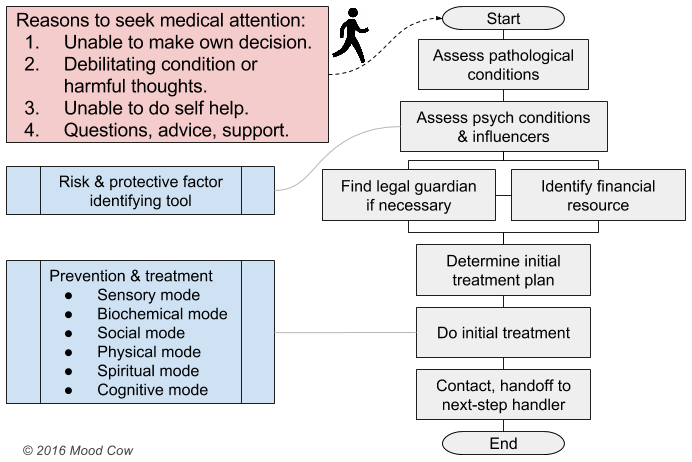
Figure 4. PMC flowchart #4: Primary care provider process
The current process involves seven steps.
- Greeting, review patient medical records if applicable, and listen to patient complaints.
- Assess pathological conditions (typically no thorough psychiatric assessment).
- Find patient's legal guardian or power of attorney, if applicable.
- Identify financial resource for the initial and future treatments.
- Determine an initial treatment plan.
- Do the initial treatment (typically medications).
- Contact and handoff to the next-step handler (e.g. therapist, psychiatrist, guardian).
By inspection, we identify two major issues in the current process: lack of assessment tools and lack of treatment options. As highlighted in Step 2, no thorough psychiatric assessment is performed. Also, as highlighted in Step 6, no treatment alternative to medications is available for PCP to perform in the office. These two issues arise from the fact that there is no time or necessary skill available in the current primary care setting with respect to mental health.
For psychiatric assessment, PCP currently uses abbreviated screening questionnaires (e.g. PHQ-9, GAD-7) to assess the presence and severity of mental health disorders. PHQ-9 for depression and GAD-7 for anxiety were developed in the 1990s by Drs. R.L. Spitzer, J.B.W. Williams, and K. Kroenke, with financial support from Pfizer Inc. The objective was to offer clinical tools for primary care physicians to quickly identify mental health disorders and to have clinical reasons to prescribe medications for them. Details are available here.
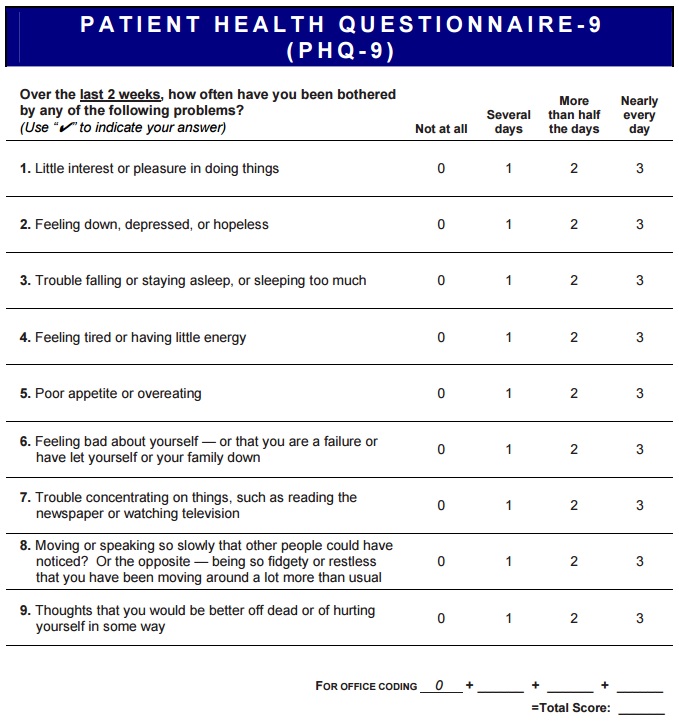
Figure 5. Patient Health Questionnaire (PHQ-9)

Figure 6. Generalized Anxiety Disorder Questionnaire (GAD-7)
Note that both PHQ-9 and GAD-7 assess symptoms only. No information about their possible causes is reflected in the current assessment tool.
System principles
Everyone experiences stressful events or situations, and everyone reacts differently to them. Unlike physical conditions, mental states are invisible, not well-defined, and not consistently diagnosable.
In other words from a systems science point of view, our mind as a system is not completely observable from outside. Because of it, an attempt from outside to regulate an unobservable system is prone to make the system unstable. According to this systems science principle, applying external treatment such as medications based solely on symptom complaints carries a risk of negative impact on system stability.
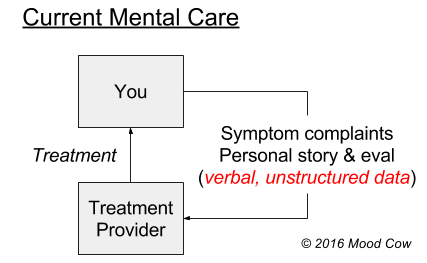
Figure 7. Current mental care system
Unfortunately, that's how the current mental health care is structured to do, as depicted in Figure 7. In the current primary care setting, a quick assessment of symptoms may directly result in a decision to medicate the patient.
Remember that mental care is a process, a series of actions. Remember also that good mental care improves over time by planning, doing, checking, and adjusting the series of actions, and by repeating the cycle. A desired mental care system is one that promotes such iterative process improvement. Figure 8 is a proposed system based on PMC.
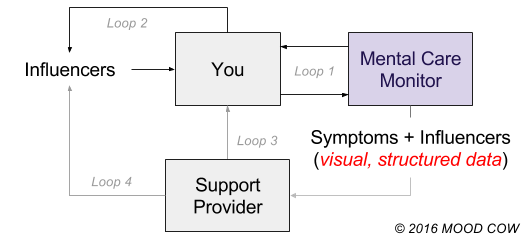
Figure 8. Principled mental care system
The basic idea is that good preventive mental care is a lifelong process of being aware of (1) your emotional balance, (2) how things influence you both positively and negatively, and (3) how you use your support resource. Following the idea, the system in Figure 8 improves the system in Figure 7 by (1) expanding what we observe by including factors (risks and postives) that influence emotional states, (2) defining structures to what we observe, and (3) adding a new assessment tool that captures and displays structured data.
Emotional Influencers — Risk and Protective Factors
While there are ways to capture and represent emotional states in various manners, there is currently no structured representation for emotional influencers, the risk and protective factors. In order to keep track of them, we need a structured view of how things, events and situations influence the emotional states. Principled mental care proposes a structured representation of emotional influencers by classifying them into six categories.
- External social influencer (ESI) involves social experience with the outside world. Positive ESI may include positive events in social life, good friends and family, and good living conditions. Negative ESI may include poor social life, stress at work, home or school, bereavement, and poor living conditions.


Figure 10. Positive and negative ESI
- Internal social influencer (ISI) involves personality and social coping skills. Positive ISI may include positive attitudes and good social coping skills. Negative ISI may include negative attitudes and poor social coping skills.

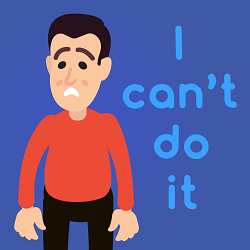
Figure 11. Positive and negative ISI
- External physical influencer (EPI) involves physical experience with the outside world. Positive EPI may include exercise, sports, music, good food, hobby, and nice weather. Negative EPI may include physical abuse and violence, substance abuse, medication that affect mood, poor nutrition, and poor weather.
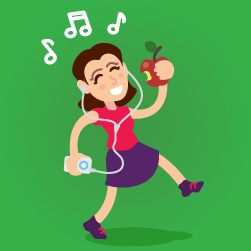
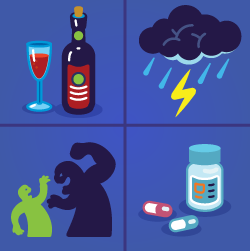
Figure 12. Positive and negative EPI
- Internal physical influencer (IPI) involves personal and internal physical conditions. Positive IPI may include good physical health and fitness. Negative IPI may include stress from illness, injury, or poor fitness, lack of sleep, or exhaustion.
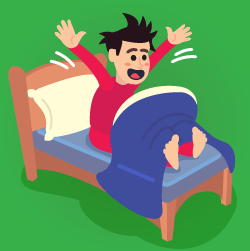
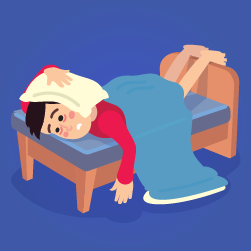
Figure 13. Positive and negative IPI
- External mental influencer (EMI) involves mental and spiritual experiences with the outside world. Positive EMI may include goodwill help by someone or positive spiritual experience. Negative EMI may include emotional abuse, harassment, or bullying by someone.
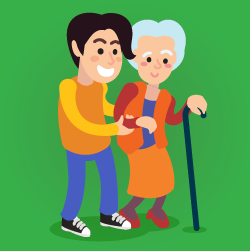
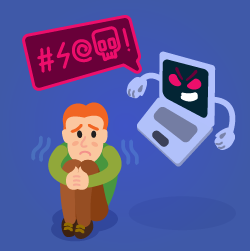
Figure 14. Positive and negative EMI
- Internal mental influencer (IMI) involves personal and internal mental conditions. Positive IMI may include your faith and spirituality. Negative IMI may include biological disorders that affect mood negatively.
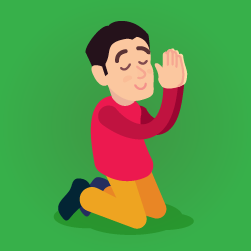
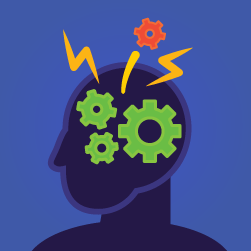
Figure 15. Positive and negative IMI
Six modes of mental care treatment
Medication is not the only treatment option for mental care. PMC defines six modes of mental care actions and treatment.
- Sensory mode: See, hear, smell, taste, touch, or sense of motion can help stimulate, relax, or regulate your needs. For example, nature, art, music, sound and voice, touching fabric, plush toys, feeling motions, wind, massages, aromas, food and beverages—they can all stimulate you, relax you, or help improve your condition. This is probably the most instantly gratifying mode of mental care treatment, but the effect may be limited or short-term.
- Biochemical mode: Sunlight, hydration, nutritional intake, medications, and supplements, all have a direct impact on the chemical balance of your body. Alcoholic beverages and sweet snacks are not a positive biochemical substance because of their negative influence on your chemical balance. They should be considered a sensory mode—quick, short-term relief.
- Cognitive mode: Language and thoughts are the primary tool of this mode. For example, reading books, writing in journals, conversing with counselors are some of the many cognitive activities for self-help treatment.
- Social mode: Being in touch with friends, family, pets, or people in general can be stimulating, relaxing, and often helpful for regulation. Stress can arise in a social environment, but social relationships can also be a good remedy.
- Spiritual mode: Meditation and praying can be an important self-help mode, especially for regulation. Certain activities at churches or temples may offer additional social, sensory, and physical options.
- Physical mode: Physical activities can help stimulate, relax, or regulate your needs. Gardening, craft works, cooking, singing, playing musical instruments, dancing, golf, walking, exercising, stretching, deep breathing—the list is endless. This mode is favored, as it combines aspects of the sensory, biochemical, cognitive, social, and spiritual modes.
There are a variety of elements within each of the six modes that will work for specific needs, preferences, and circumstances. The six natural ingredients of mental care (sunlight, hydration, exercise, breathing, sleep, connection) are good healthy choices as initial self-help routines.
Principled mental care as a unified framework
Principled mental care redefines self-help as the core of preventive mental care, encapsulating medications, therapies, and wellness services within the framework. By doing so, principled mental care encourages medical professionals, policy makers, health care payers and providers, and researchers to come together to renovate mental health care as a unified system.
Below is the content of subsequent sections.
- Medications and supplements
- Part 1. Basic principles
Part 2. Types of medications and supplements
Part 3. Prescription process - Therapies and counseling
- Part 1. Basic principles
Part 2. Types of therapies - Wellness services
- Basic principles
- Self-help
- Part 1. Self help process
Part 2. The best first resource

